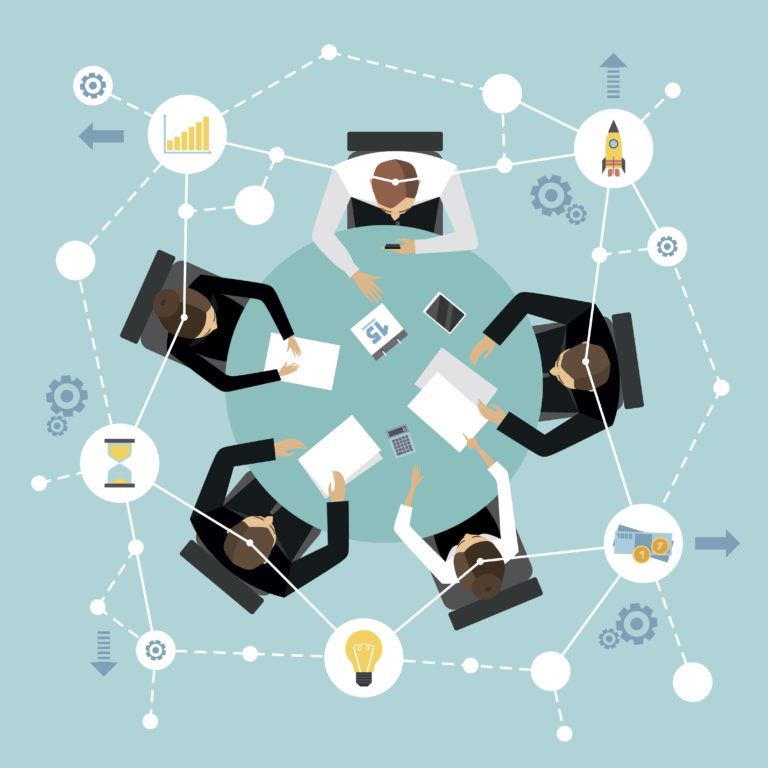There’s an old saying: don’t put the cart before the horse. In technology development, there’s a similar philosophy, don’t put the software before the customer. When it comes to developing new technology, you can’t put your software (or gadget or whatever else) before users.
Many companies, including Google and Amazon, talk about “engineering cultures.” Yet swing by their offices and ask the engineers what that means and you may find that they’re either stumped, or offering up various responses.
As far as workplace cultures are concerned, we can think of them as shared value and belief systems, coupled with shared assumptions. Combined, this culture influences how people behave, solve challenges, program software, and even deal with customers or how to work together as a team.
An engineering culture may refer to how engineers and others solve problems, especially through technological solutions. And it can also include how you design your tech platforms specifically for meeting customer needs and to ensure a good user experience.
Nonetheless, your engineering culture, (or any company culture for example), must also be user-centric, meaning your company strives to offer an excellent experience both during and after the sale. By optimizing every interaction with customers, you may increase profits and secure competitive advantages. According to McKinsey, providing excellent customer care can increase customer satisfaction by 33%.
So then, while an engineering culture can improve product development, it doesn’t necessarily translate into improved profits. Instead, businesses should focus on being customer driven. Let’s look at five great tips for building a customer-centric culture.
Build a foundation on empathy
Whether you’re mapping out the user experience for software or setting policies for dealing with customer complaints, make empathy the foundation. Put yourself in your customer’s shoes, and remember, logic doesn’t always win the day. By using empathy for the foundation of your efforts, you put yourself in a better position to win every customer interaction. Empathy will also help with many of the following concepts.
Make customer engagement a continuous process
To better understand your customers and develop empathy, you need to engage them on a continuous basis. This can start with the sales process. By using live chat and other channels to engage in direct dialogue with your customers, you can learn more about their needs, challenges, and more.
Engagement shouldn’t stop with sales, however. It’s vital to follow up. Are your customers getting the most out of a product? Could they be overlooking certain useful features? Or are they struggling with something? By continuing the dialog after scoring the sale, you can improve customer experience and increase adoption.
Design your customer journey from the outside in
Some companies try to ignore customers or force them to adapt to the company’s vision. For a software engineering firm, this often means making customers learn how to use cumbersome software. In competitive technology markets, this is a recipe for disaster.
Instead, your company should adopt an outside-in culture. This is the key to success. Don’t build features or user experiences based on the engineers’ beliefs or assumptions. Instead, engage directly with customers to find out what they want and whether they’ll use a particular feature. This goes beyond empathy and requires engagement, as well as market and consumer research.
Anticipate the future needs of your end users
With empathy and an outside-in perspective, you’re in a prime position to start anticipating future needs. If you know what pains your customers are suffering today, you may uncover their needs in the future. Likewise if you understand their perspective, you may deduce how they’ll react to future developments.
Be proactive and anticipate future needs. Just make sure you keep your customers in front of you. You may misunderstand customer needs or miss-project future challenges. As a customer centric company, you’ll adjust on the fly as new information from your users comes in.
Stay focused on your target audience
Even as a customer centric company, you can’t cater to the needs of every single user. If you try to please everyone, you may end up satisfying no one. Further, wants, needs, and challenges often diverge from one customer to another. So ask yourself, who will benefit the most from your solutions and services, and also, who is in the best position to pay?
Once you have determined your best target customers, you’re in a better position to develop solutions that meet their specific needs. You’ll also be in a better position to develop a brand strategy and marketing plan that will reach and convert your customers. And you’ll be better positioned to provide top notch customer support as well.
Don’t forget about marketing and customer care
Speaking of marketing and customer service, it’s important to loop both of them in early in the product development lifecycle. During the development stage, both departments can help your engineers understand more about customers, their pain points, potential challenges, and hang ups.
When it comes time to market and support your products, if you let both departments in early, they will be in a better position to not only enable, but empower your customers.
Take away: Your culture is your competitive advantage (or disadvantage)
Technological change and innovation is accelerating, and on the whole, that’s a great thing. Progress is empowerment, especially for customers, employees, and users. However, individual businesses risk falling behind or may even be pushed out of the market if they aren’t proactive. So then, make sure you develop a sound engineering culture but one that is customer-centric and puts the user experience first.





